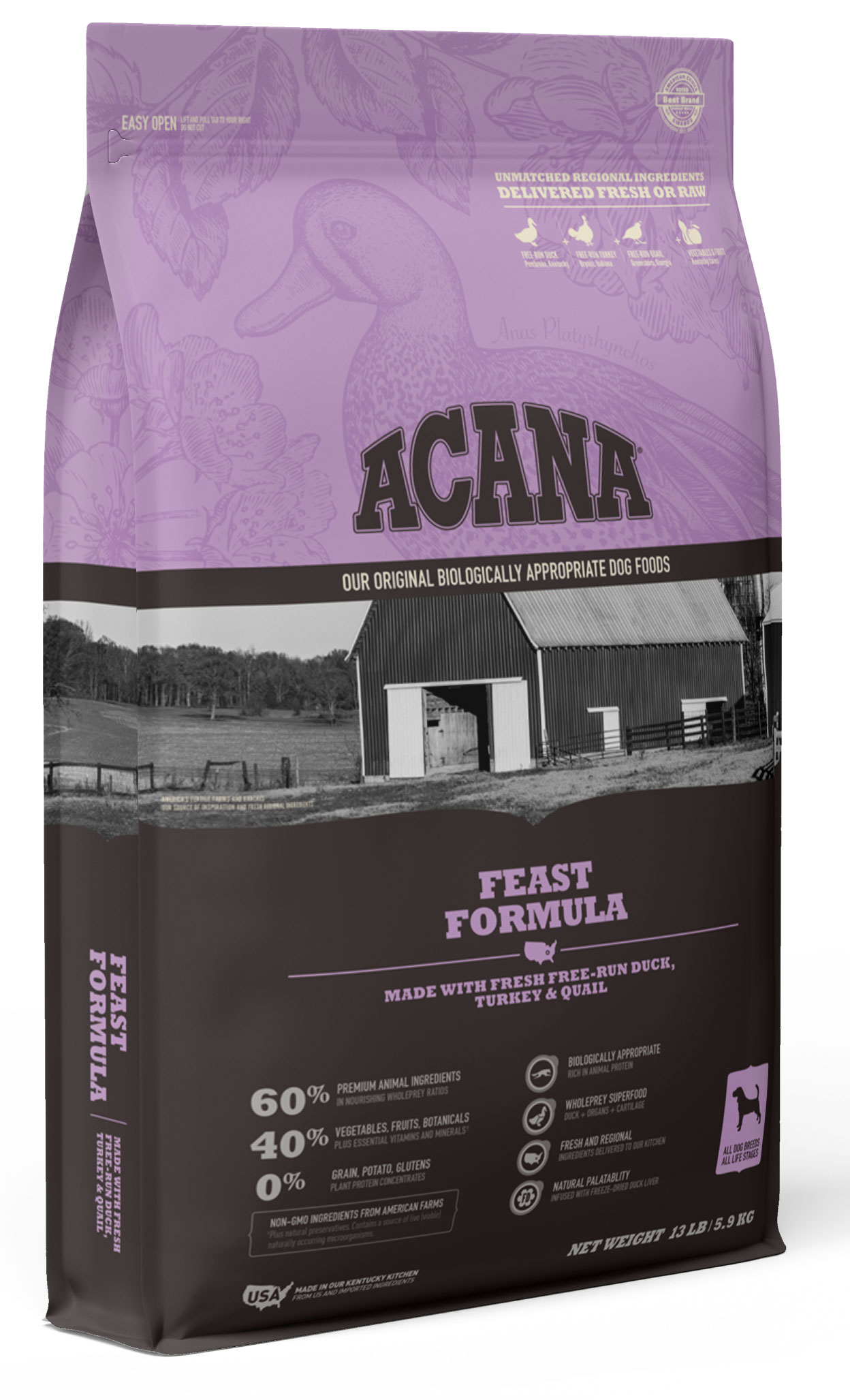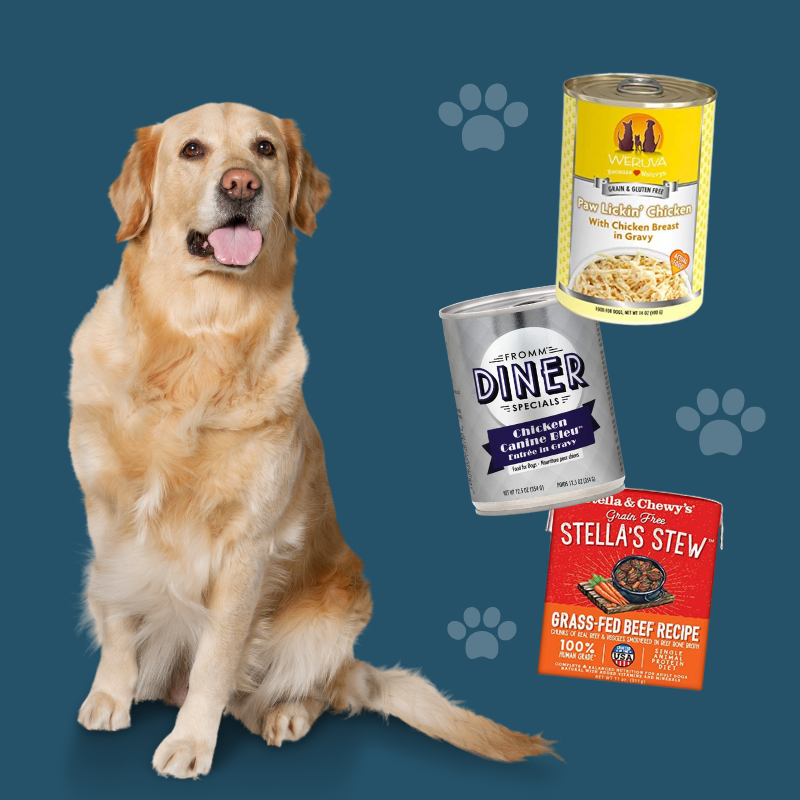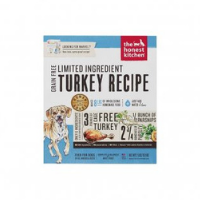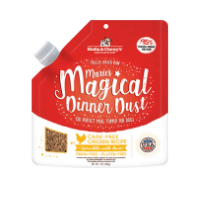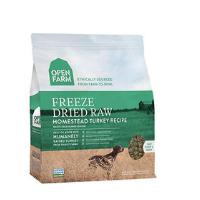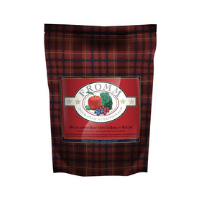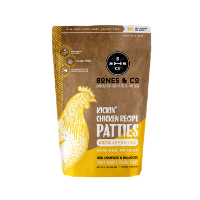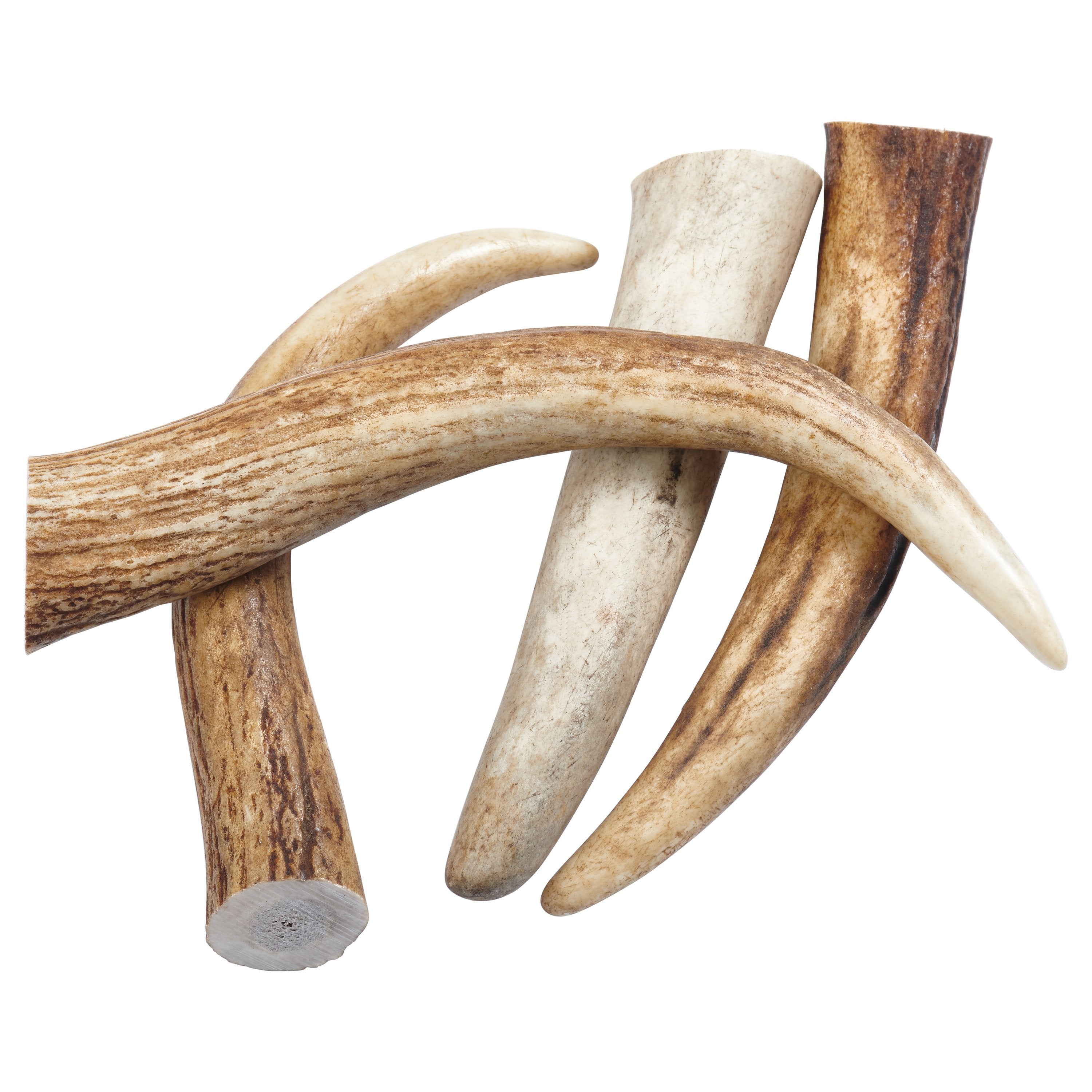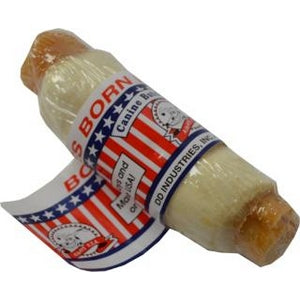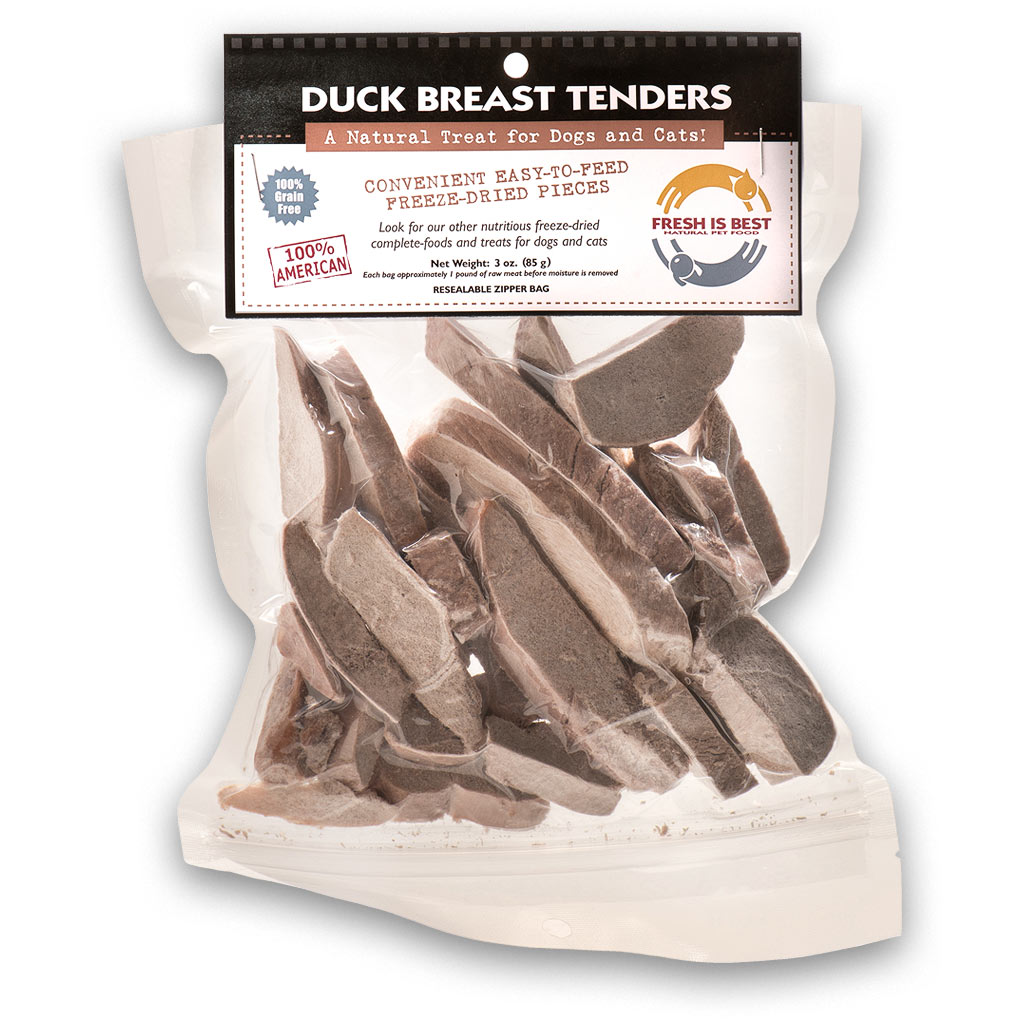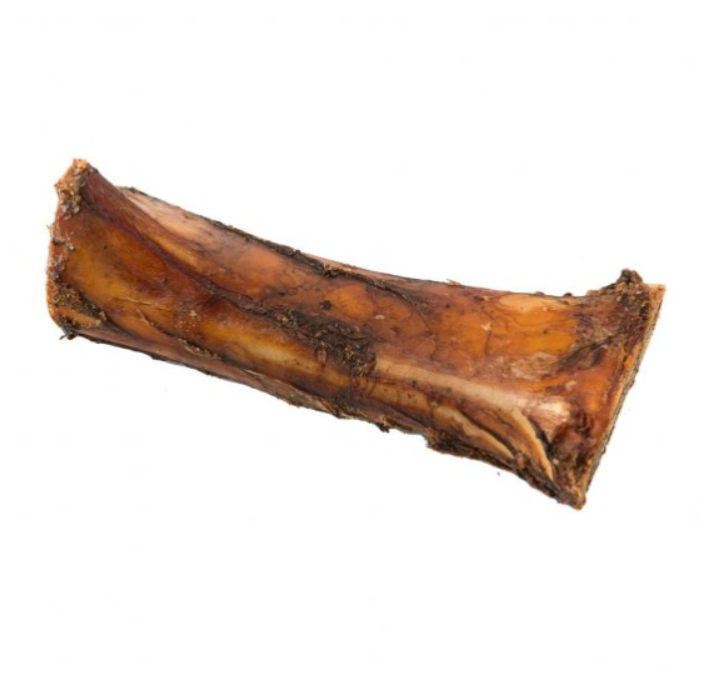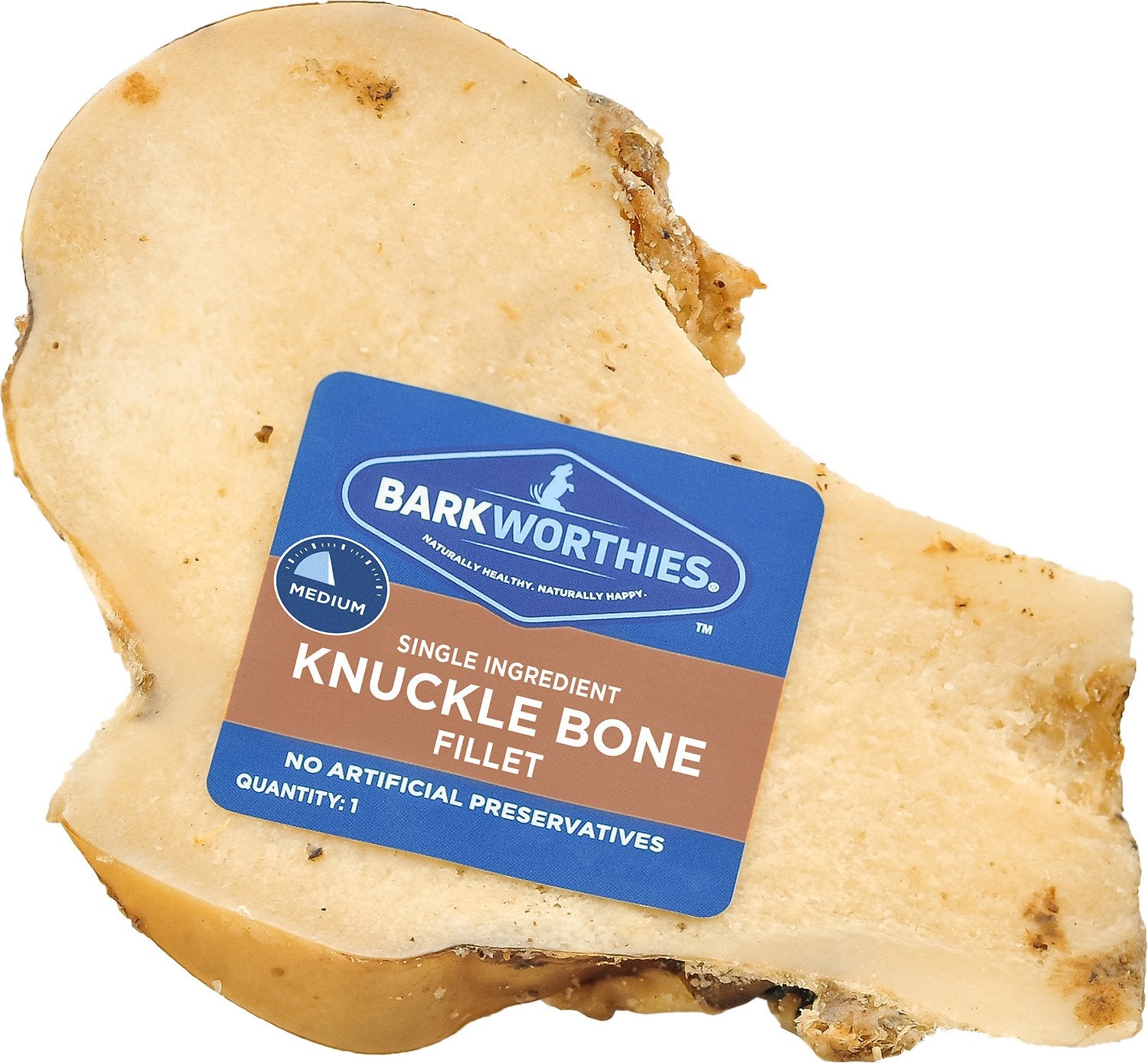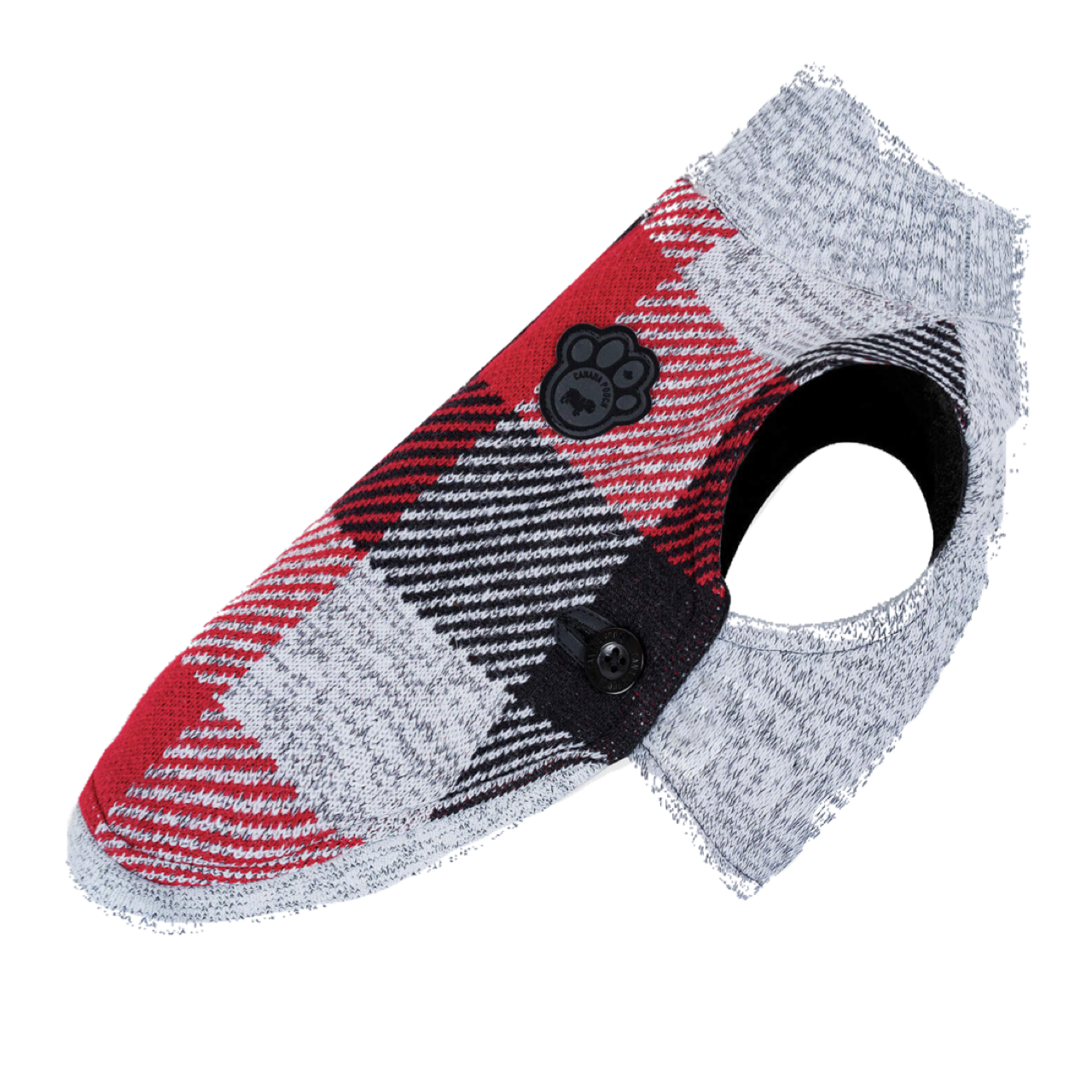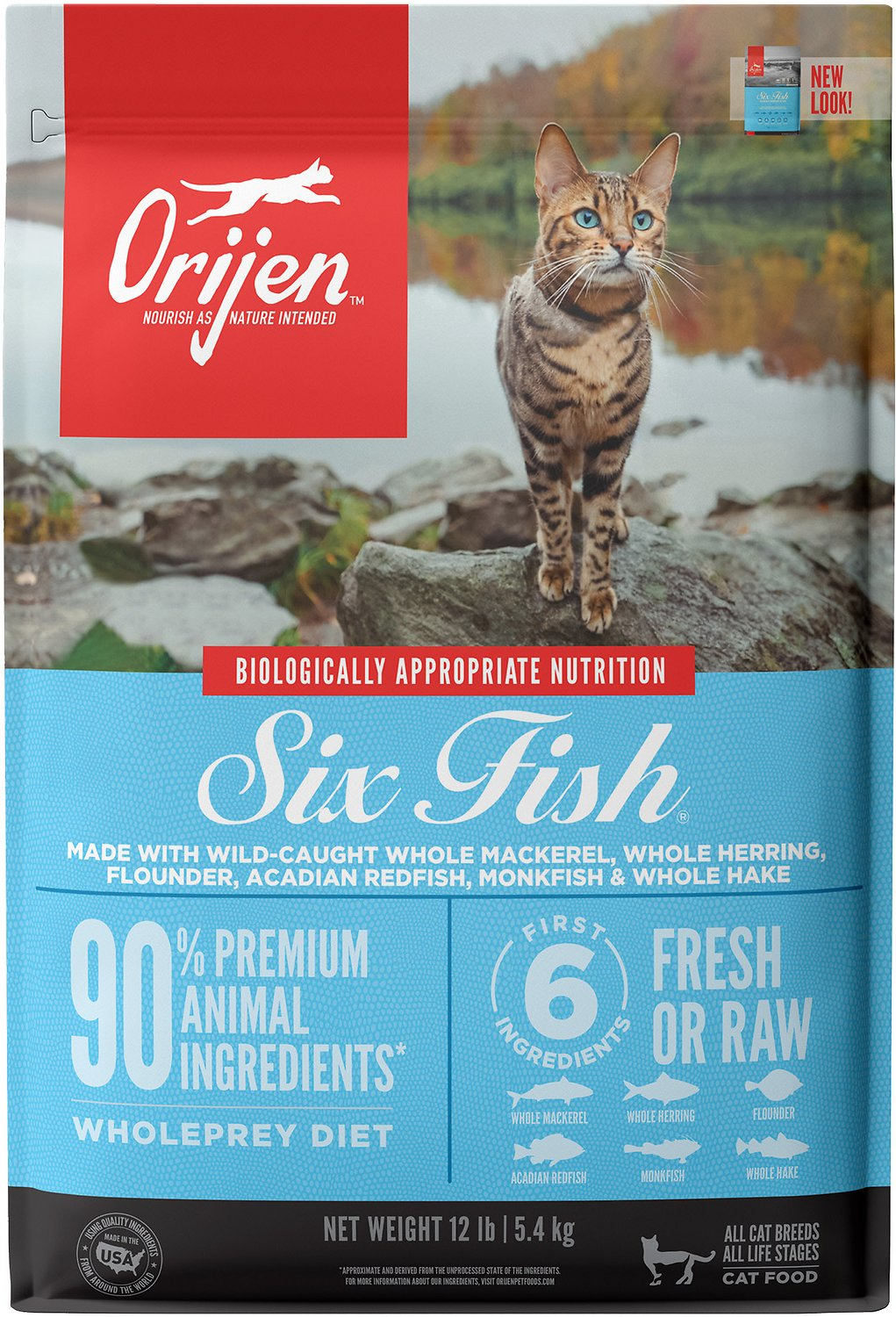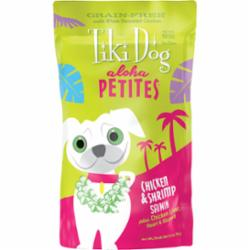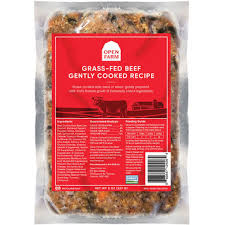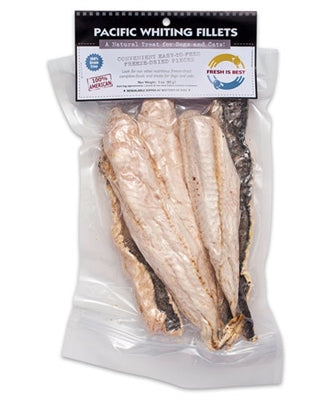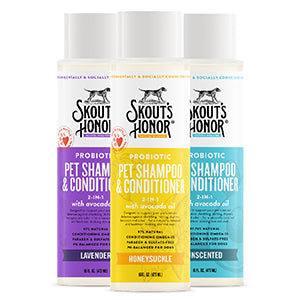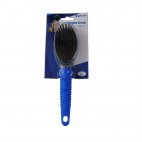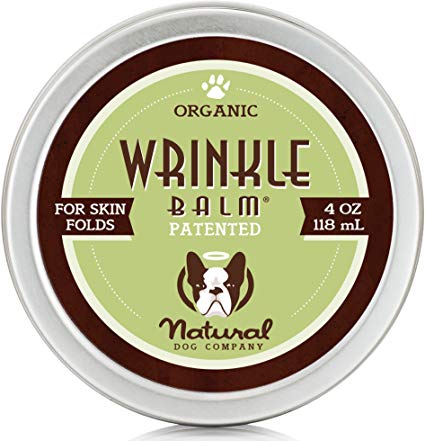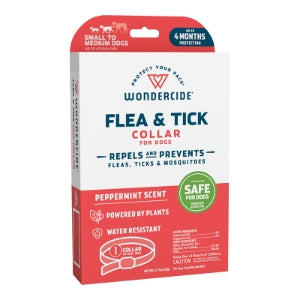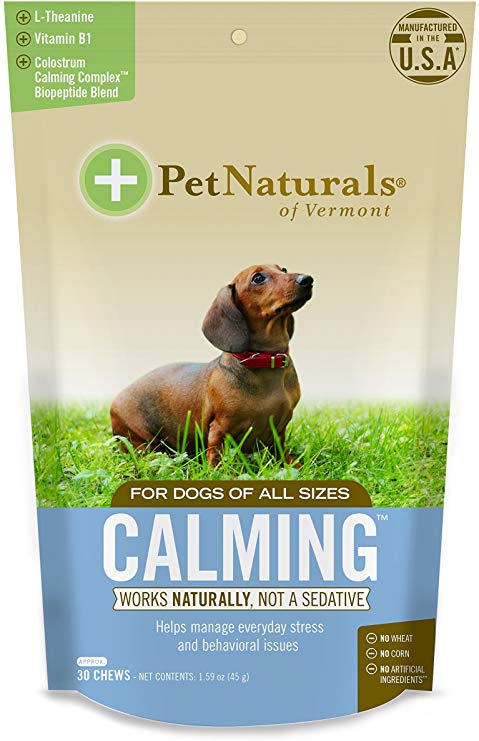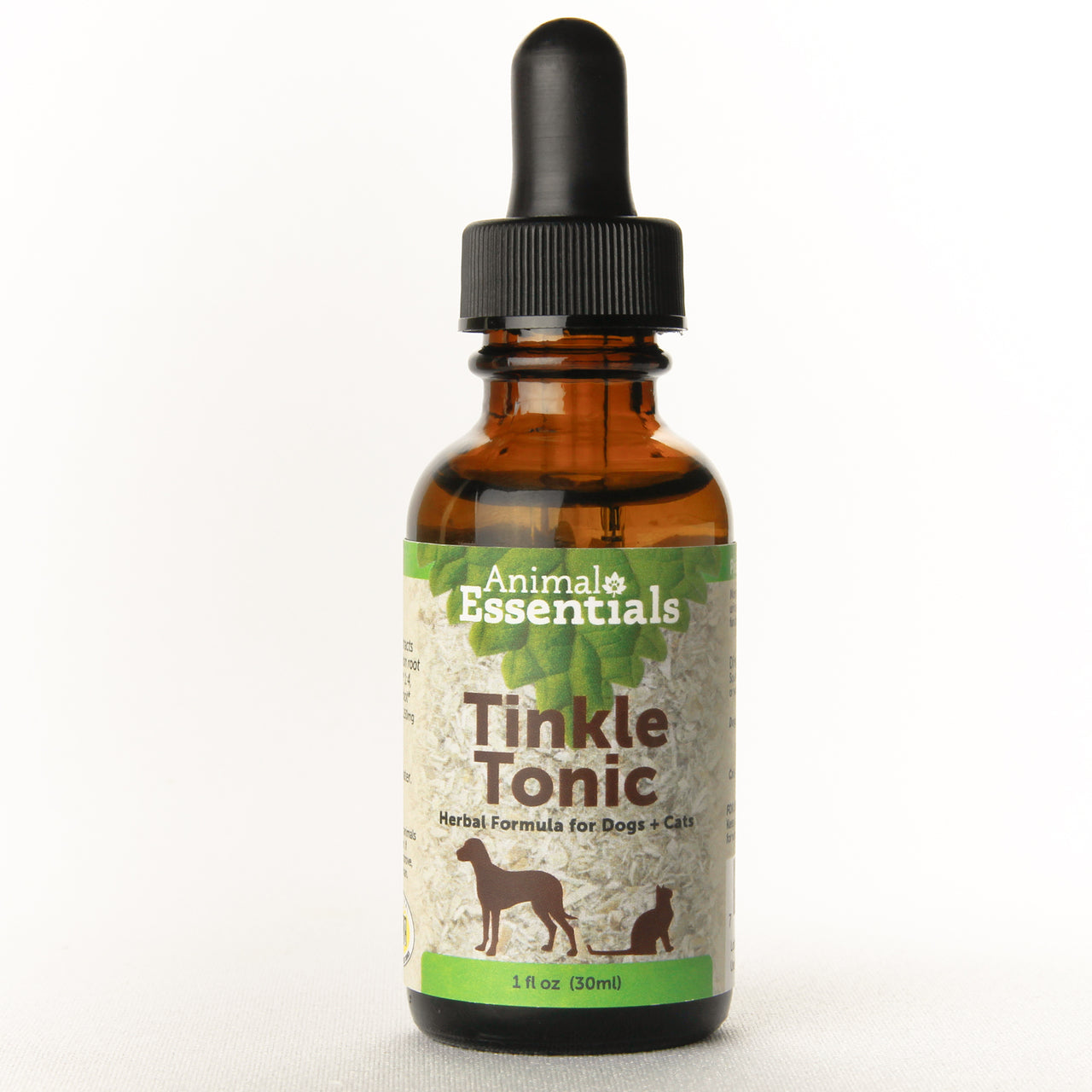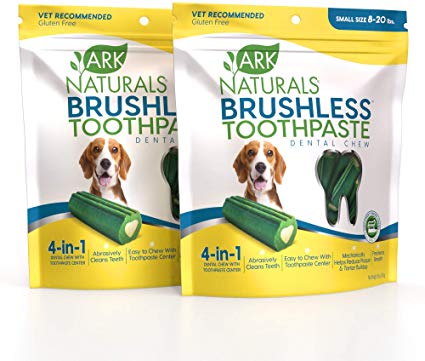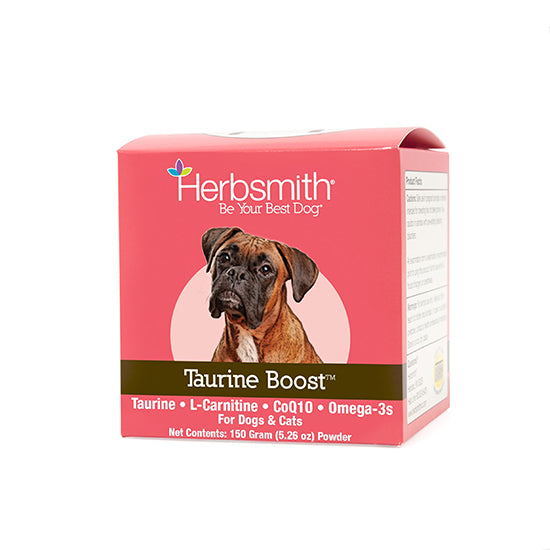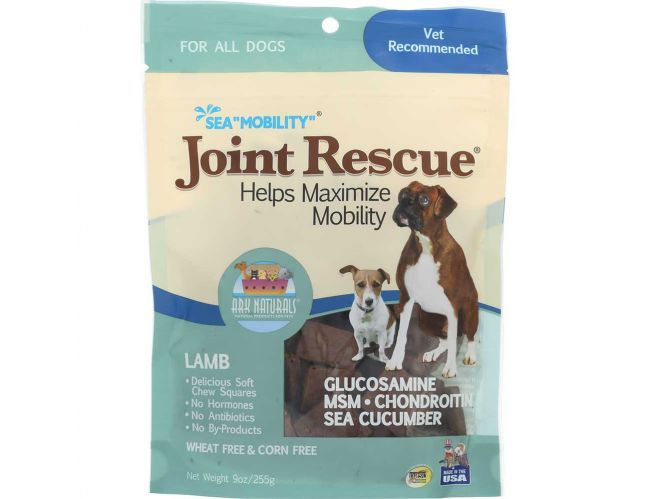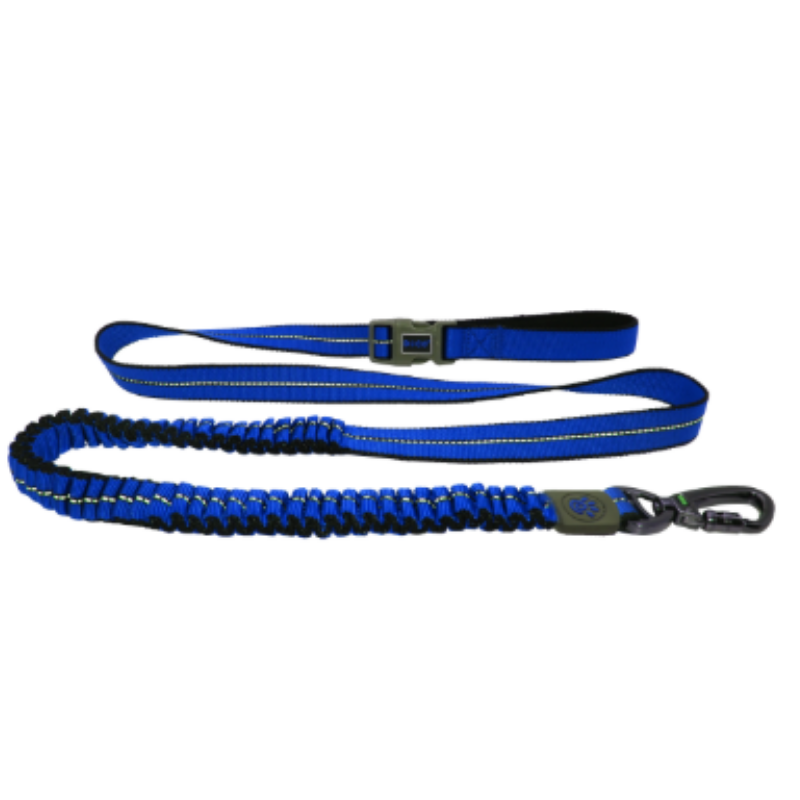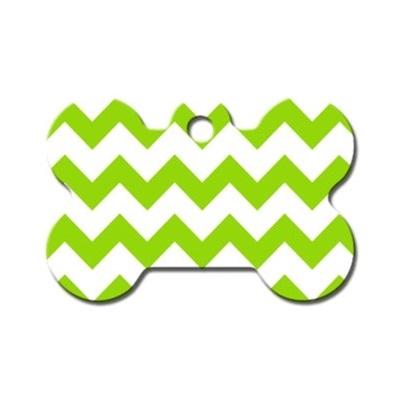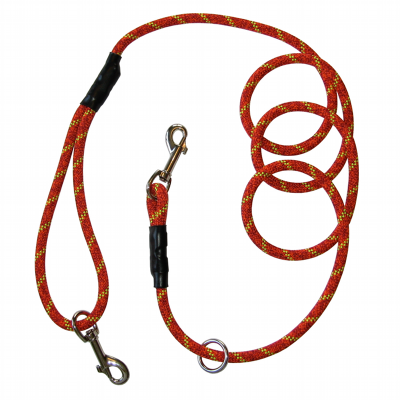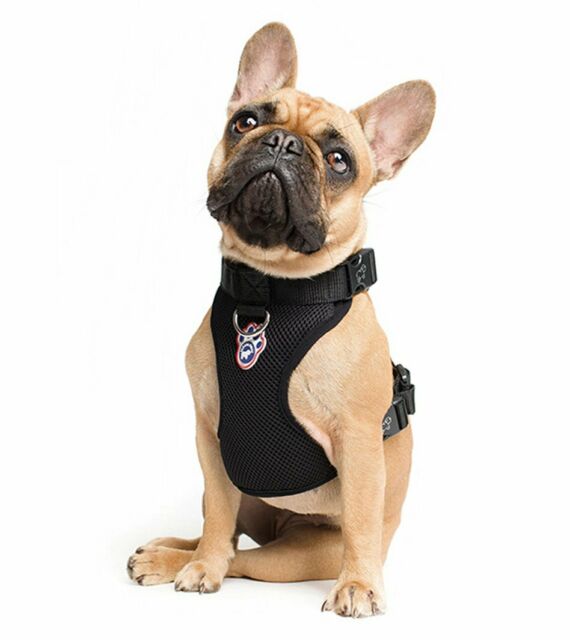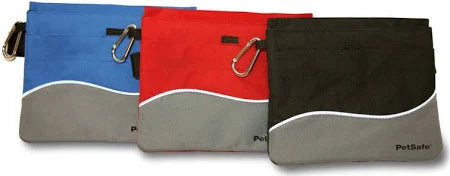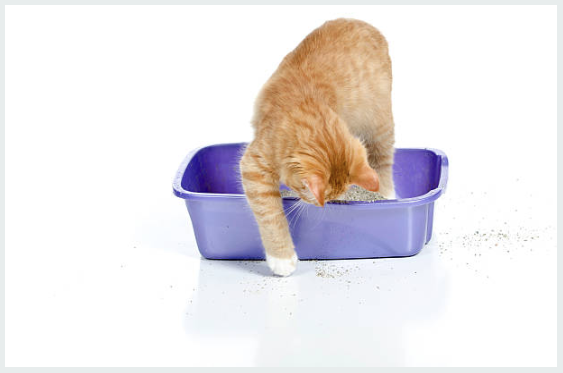As cold weather approaches, everyone is checking the weather to make sure they dress appropriately for the day ahead. But are you also considering how your dog is prepared to handle the cold? Yes, he’s wearing a fur coat and a dog’s coat does a good job of insulating him—to a degree. Certainly a Saint Bernard will not notice the cold as quickly as a Chihuahua. But even the heartiest of dogs can suffer in severe cold. Here are some things to consider.
SWEATERS/JACKETS
All dogs can get too cold, but dogs with short or no fur and those with short legs, as well as puppies and older dogs, are most susceptible to the cold. Fortunately, there are a variety of different styles, fabrics, and weights of sweaters and jackets available. Find something that covers your dog from the top of his neck to the base of his tail over his back, and also keeps his chest covered. You may want to consider getting one or two different weights of coverings for your dog. If you have wraps from a light jacket to a heavy winter coat, your dog probably needs a couple of choices as well.
BOOTIES
Do you ever grab gloves before you go out in the cold? How about boots? Your furry friend is barefoot all the time. Even though his paws are tough, they still can get cold and can be subject to frostbite. There are a number of different kinds of dog booties available. There are even disposable ones. Try to find a type your dog will tolerate. Not only will they keep his feet dry and warm, they will also protect his pads from salt and other ice treatments that can burn delicate paws.
PAW/NOSE BUTTER OR BALMS
Cold weather can cause noses and foot pads to get dry and cracked. There are balms or “butters” on the market specifically formulated for dogs that you can get to help heal and soften sore paws and noses.
SHORTER WALKS
Even if your dog enjoys being out in the cold and the snow, it’s better that he enjoy it in small doses. Instead of taking him for a long walk, break it up into two or three shorter walks. Also try to take him out while the sun it out and it’s warmer outside.
DOG BED/BLANKET
Even in a comfortably warm house, floors can get cold in the winter. Be sure your dog has a dog bed or a blanket he can snuggle in, particularly if he sleeps on a wood or tile floor. You’re sure to get some extra snuggles and tail wags from your older, arthritic dog when he as a nice warm place to sleep.
KEEP HIM DRY
Be sure to dry your dog off as soon as he comes inside. Take special care to get any ice or snow build-up out from between his toes. Get all the clumps of snow out of his coat, and dry his ears, tail, and paws thoroughly.
SIGNS OF HYPOTHERMIA
If your dog begins to whine, heads for home, or is shivering severely, he may be suffering from hypothermia. If his skin turns pale or gray, it can be a sign of hypothermia or frostbite. Get him inside immediately. If the shivering continues and/or his skin does not return to its normal color, take him to the vet right away.
OTHER COLD WEATHER HAZARDS
Cold dogs head for heat sources, so make sure your dog can’t get too close to fireplaces, space heaters, or other sources of heat that could burn him. Also, keep your dog away from antifreeze: he’ll be drawn to the sweet taste, and it can be deadly. If you have to use some sort of ice melt, make sure to use one that is dog-friendly.
Spending time in the cold and snow can be as much fun as spending time in the sun with your dog. You may find your furry child enjoys dressing in his winter coat and boots as much as your human children do.


